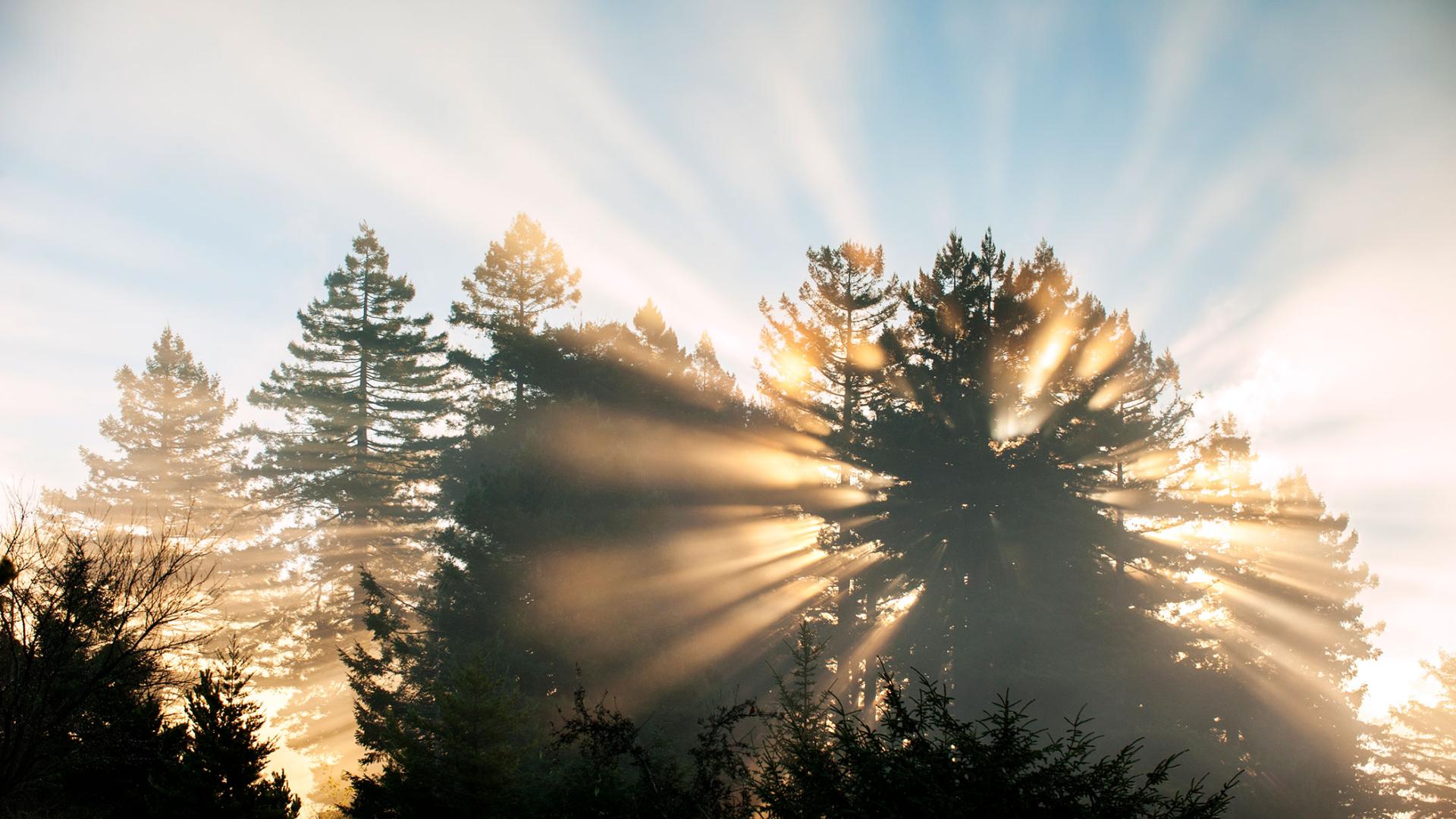Breadcrumb
Achievements
Find out what our students, faculty, and staff are being recognized for.
Amy Rock
Geography, Environment & Spatial Analysis
Dr. Amy Rock was invited to speak on a panel on Teaching Modern GIS: Approaches and Perspectives. She also moderated a talk on Teaching Ethics in GIS and Geography Courses, both at the American Association of Geographers conference in Honolulu, Hawaii, April 16-20.
Gabi Kirk
Geography, Environment & Spatial Analysis
Dr. Gabi Kirk has two new publications out on political ecology and agrarian issues in Palestine. The first is co-authored with Dr. Paul Kohlbry, "Situating the Transnational in Agrarian Palestine," in the edited volume Resisting Domination in Palestine: Mechanisms and Techniques of Control, Coloniality and Settler Colonialism (IB Taurus/Bloomsbury). https://www.bloomsbury.com/uk/resisting-domination-in-palestine-9780755…;
The second, "Trains, Trees, and Terraces: Infrastructures of Settler Colonialism and Resistance in the Refaim Valley, Palestine-Israel," is in the edited volume Gendered Infrastructures: Space, Scale, and Identity (West Virginia University Press). https://wvupressonline.com/gendered-infrastructures
Both chapters look critically at settler colonial dispossession in rural parts of the Occupied West Bank.
Stephen Cunha
Geography, Environment & Spatial Analysis
Dr. Stephen Cunha’s paper, Field Notes: Visualizing the Record 2022-23 Record Snowpack in the Southern Sierra Nevada, California (The California Geographer 62: 65-86) combines snow survey data from eight Sierran watersheds, NASA Landsat and NOAA imagery, and his own annotated photographs from skis, aerial outings, and roads, to portray the record snowpack in the Eastern and Southern Sierra from Yosemite south to Mt. Whitney. Every watershed exceeded 250 percent of normal, with the Kern River (326 percent) leading the Western Sierra and the Owens River (318 percent) foremost on the Eastside. Below-average spring temperatures partially mitigated high-water flooding.
Gabi Kirk
Geography, Environment & Spatial Analysis
Dr. Gabi Kirk was awarded the 2023 Eric Wolf Prize of the Political Ecology Society (PESO). This annual award is given to an article-length paper based in substantive field research that make an innovative contribution to political ecology to authors within two years of receiving their Ph.D.
She will deliver a keynote address, “ ‘A fairly good crop for white men’: The political ecology of agricultural science and settler colonialism between the US and Palestine” on March 28 at the Society for Applied Anthropology Conference in Santa Fe. Additionally her article is under review at the Journal of Political Ecology.
Amy Rock
Geography, Environment & Spatial Analysis
Dr. Amy Rock was invited to participate in a panel discussion on DEI in the geospatial industry, entitled "The Geospatial Inclusion Imperative: Diverse Leadership Shaping Tomorrow" hosted by the World Geospatial Industry Council at GeoWeek 2024 in Denver, CO. The panel discussed the critical importance of fostering a diverse and inclusive geospatial industry, and included academic and industry speakers to explore insights and best practices for implementing DEI initiatives and overcoming challenges, following on WGIC's policy report on leadership diversity in the geospatial industry.
Lucy Kerhoulas, Rosemary Sherriff, Kerry Byrne
Geography, Environment & Spatial Analysis
Lucy Kerhoulas (Forestry), Rosemary Sherriff (Geography), and Kerry Byrne (ESM) were recently awarded funds from PG&E to evaluate tree failure and environmental conditions along PG&E infrastructure throughout five counties in northwestern California. The project involves both undergraduate and graduate students during the summer and academic year for 3 years.
1
Geography, Environment & Spatial Analysis
The Association of Pacific Coast Geographers, the western branch of American Association of Geographers, recently honored emeritus Professor Stephen Cunha with their Distinguished Service Award. During the awarding, a former student said “His passion for teaching geography through storytelling is unrivaled in the APCG. He has inspired generations of new geographers on the Pacific Coast and mentored many of them on to professions in the academy and industry for decades.” In February, Stephen heads to Senegal, Tunisia, and Saudi Arabia to lecture on National Parks and World Heritage Sites.
Laura Johnson
Geography, Environment & Spatial Analysis
Dr. Laura Johnson, a lecturer in departments of Geography and Environmental Studies, was interviewed on the Sacred Community Project Podcast. Her conversation with host Sitaram Dass, MSW, revolved around ecological grief, rest as radical practice, embodied activism, and postcapitalist futures, among other related topics. Feel free to listen or share here: https://sacredcommunityproject.org/digital-library/eco-grief
Rosemary Sherriff
Geography, Environment & Spatial Analysis
Rosemary Sherriff (Professor, GESA) co-authored (85 authors) a recent paper in the journal Ecosphere on a newly compiled North American tree-ring fire-scar network (NAFSN), which contains 2562 sites, >37,000 fire-scarred trees, and covers large parts of North America. The study explores the NAFSN in terms of geography, sample depth, vegetation, topography, climate, and human land use. Fire scars are found in most ecoregions, from boreal forests in northern Alaska and Canada to subtropical forests in southern Florida and Mexico. The network includes 91 tree species, but is dominated by gymnosperms in the genus Pinus. https://esajournals.onlinelibrary.wiley.com/doi/full/10.1002/ecs2.4159
Zachary Wenderott, Rosemary Sherriff
Geography, Environment & Spatial Analysis
Humboldt graduate Zachary Wenderott (MS, Forestry, Watershed and Wildland Sciences), Rosemary Sherriff (Professor, GESA), and colleagues at the U.S.G.S and National Park Service recently published a paper in the journal Forest Ecology and Management on prescribed fire effects in mixed-conifer forests in Lassen Volcanic National Park. The findings suggest that forest management, such as prescribed fire, may be beneficial in terms of maintaining or improving tree growth among large residual trees. However, managers may want to balance the benefits of these treatments against inadvertent injury and mortality of large trees. https://doi.org/10.1016/j.foreco.2022.120260





